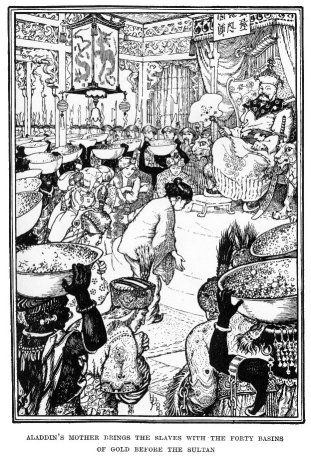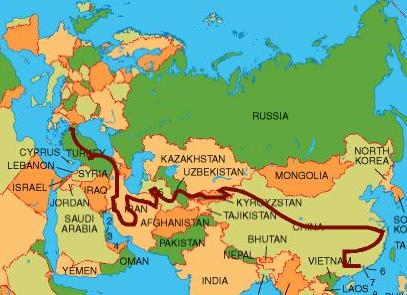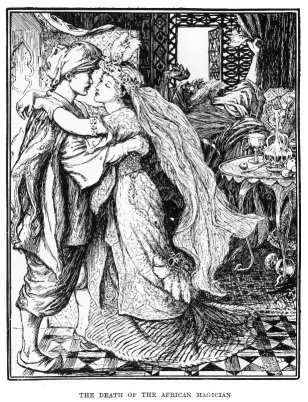

The Silk Road

Discussion L. 5
Discuss the first two (and, if you have time, the third) questions
in a group. Find specific passages to underscore your answers. Then,
analyze the technical aspects of these passages. For example:
Techniques for How Fables
Convey Moral Lessons:
- Repetition / emphasis
- Symbolism (the lamp)
- Juxtaposition
- Word choice
- Audience awareness
I. What specific moral lessons might "Aladdin" teach its readers?
II. How does Aladdin’s story relate to Shahrazad’s storytelling?
III. What examples of syncretism do you see (particularly at the end of
the story)? What do these examples tell us about the audience for
“Aladdin and the Enchanted Lamp”?




